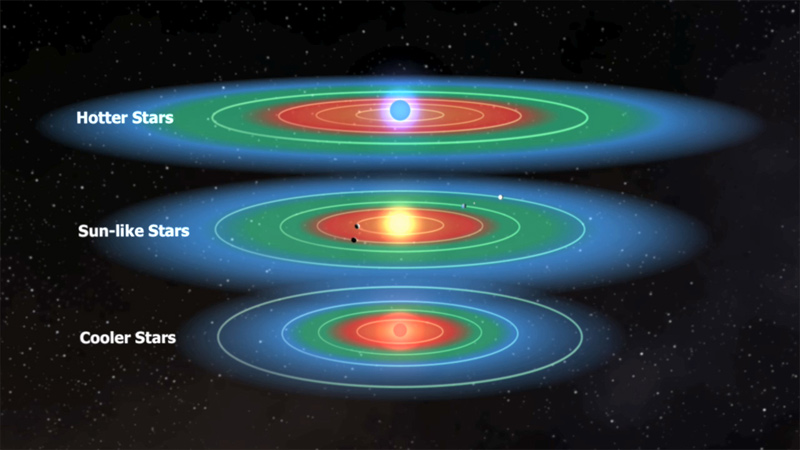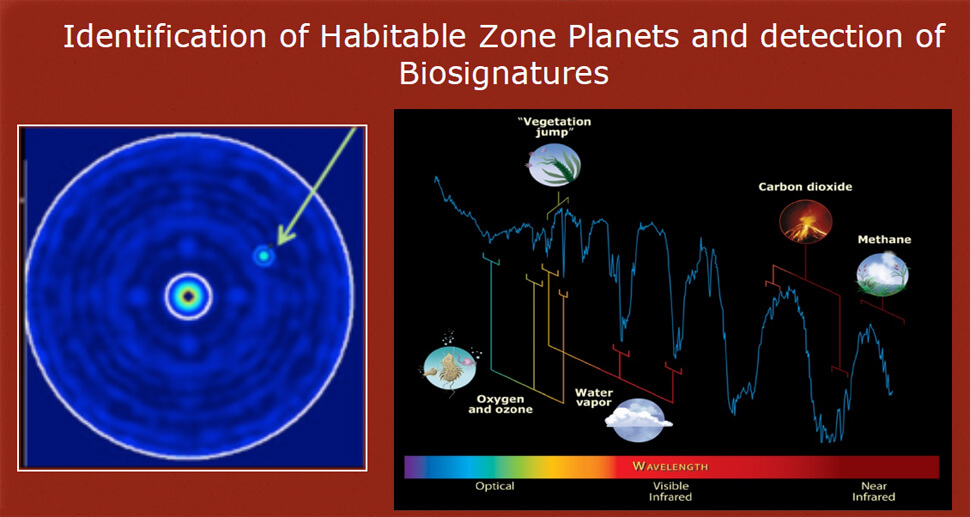
19th August 2019 Earthlike planet frequency estimated The most accurate study of exoplanets to date, published by Penn State, estimates that one in six Sun-like stars host planets of a similar size and orbital period to Earth.
During its nearly 10 years of operation, thousands of planets were discovered by NASA's Kepler space telescope. Launched in 2009, it became the first instrument capable of finding Earth-sized and smaller extrasolar bodies, a feat made possible as those objects passed in front of their parent stars and caused temporary dips in their brightness. By measuring the amount of dimming and the duration between each transit, as well as using information about the star's properties, astronomers can characterise a planet's size and orbital distance. Only planets whose orbits are seen edge-on from Earth can be detected using this method. Kepler observed more than 530,000 stars and from this vast collection of data (678 gigabytes), it detected 2,662 planets. The spacecraft was retired by NASA in October 2018 after exhausting its fuel supply. "Kepler discovered planets with a wide variety of sizes, compositions and orbits," said Eric B. Ford, professor of astronomy and astrophysics at Penn State and the co-author of a new paper in The Astronomical Journal. "We want to use those discoveries to improve our understanding of planet formation and to plan future missions to search for planets that might be habitable. However, simply counting exoplanets of a given size or orbital distance is misleading, since it's much harder to find small planets far from their star than to find large planets close to their star." To overcome that hurdle, the Penn State team developed a new method to infer the occurrence rate of planets across a wide range of sizes and orbital distances. Their new model simulates "universes" of stars and planets and then "observes" them to determine how many of the planets would have been discovered by Kepler in each instance.
"We used the final catalogue of planets identified by Kepler and improved star properties from the European Space Agency's Gaia spacecraft to build our simulations," explains Danley Hsu, a graduate student at Penn State. "By comparing the results to the planets catalogued by Kepler, we characterised the rate of planets per star – and how that depends on planet size and orbital distance. Our novel approach allowed the team to account for several effects that have not been included in previous studies." "While most of the stars that Kepler observed are typically thousands of light years away from the Sun, Kepler observed a large enough sample of stars that we can perform a rigorous statistical analysis," said Hsu. Based on their simulations, the team estimates that planets very close to Earth in size – from three-quarters to 1.5 times its diameter, with orbits ranging from 237 to 500 days – occur around approximately one in six Sun-like stars. "Knowing how often we should expect to find planets of a given size and orbital period is extremely helpful for optimising surveys for exoplanets and the design of upcoming space missions to maximise their chance of success," said Ford. "Penn State is a leader in bringing state-of-the-art statistical and computational methods to the analysis of astronomical observations to address these sorts of questions." "Scientists are particularly interested in searching for biomarkers—molecules indicative of life—in the atmospheres of roughly Earth-size planets that orbit in the 'habitable zone' of Sun-like stars," adds Ford. "The habitable zone is a range of orbital distances at which the planets could support liquid water on their surfaces. Searching for evidence of life on Earth-size planets in the habitable zone of Sun-like stars will require a large new space mission." Several major new space telescopes are planned over the coming decades, which are likely to produce an exponential increase in the number of confirmed exoplanets around other stars. Along with improved methods for studying atmospheric chemistry and biomarkers, this could very well lead to the first discovery of alien life in the not-too-distant future: some astronomers are predicting that this milestone in science could be achieved within the next 15 to 25 years.
Comments »
If you enjoyed this article, please consider sharing it:
|









